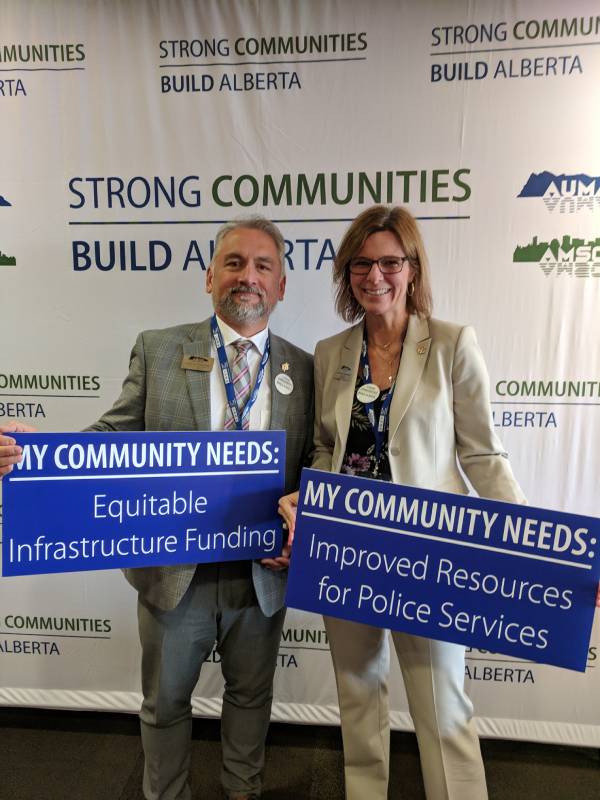Community Design

Diversified Housing
Building an inclusive community requires us to ensure that we meet the needs of ALL of our residents – kids, families, single parents, empty nesters, teens, seniors and everything in between.
We have been a community of “traditional” homes but our needs are changing. Young professionals are looking for smaller homes and close access to amenities. Entrepreneurs are seeking more cost-efficient housing solutions like live-work building. Empty nesters want less space, less yard, less cost and higher end features. Seniors are looking for smaller space, community connection, and lower maintenance. Our housing product needs to meet all of these requirements and be priced for each lifestyle.
Diversified housing needs to be integrated into a neighborhood so people can transition through life while staying connected and building community for the long term with neighbors. We should not need to move to a completely different area of town to upsize or downsize our housing.
We need to look for ways to try smaller pocket developments of different housing styles. Innovative mixed use neighbourhoods that avoid “cookie cutter” have a place in our community. We can and should combine this effort with continued exploration of environmental innovation.
Diversified Housing
Building an inclusive community requires us to ensure that we meet the needs of ALL of our residents – kids, families, single parents, empty nesters, teens, seniors and everything in between.
We have been a community of “traditional” homes but our needs are changing. Young professionals are looking for smaller homes and close access to amenities. Entrepreneurs are seeking more cost-efficient housing solutions like live-work building. Empty nesters want less space, less yard, less cost and higher end features. Seniors are looking for smaller space, community connection, and lower maintenance. Our housing product needs to meet all of these requirements and be priced for each lifestyle.
Diversified housing needs to be integrated into a neighborhood so people can transition through life while staying connected and building community for the long term with neighbors. We should not need to move to a completely different area of town to upsize or downsize our housing.
We need to look for ways to try smaller pocket developments of different housing styles. Innovative mixed use neighbourhoods that avoid “cookie cutter” have a place in our community. We can and should combine this effort with continued exploration of environmental innovation.
